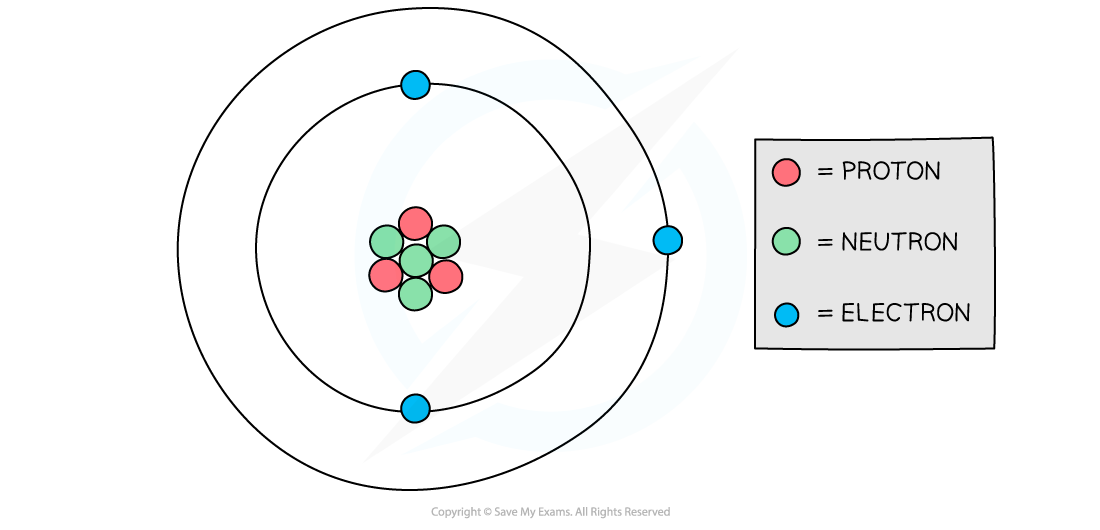Electric Charge (Edexcel GCSE Physics) : Revision Note
Did this video help you?
Charging by Friction
When certain insulating materials are rubbed against each other they become electrically charged
This is called charging by friction
The charges remain on the insulators and cannot immediately flow away
One becomes positive and the other negative
An example of this is a plastic or polythene rod being charged by rubbing it with a cloth
Both the rod and cloth are insulating materials

A polythene rod may be given a charge by rubbing it with a cloth
This occurs because negatively charged electrons are transferred from one material to the other
The material, in this case, the rod, loses electrons
Since electrons are negatively charged, the rod becomes positively charged
As a result, the cloth has gained electrons and therefore is left with an equal negative charge
Examiner Tips and Tricks
At this level, if asked to explain how things gain or lose charge, you must discuss electrons and explain whether something has gained or lost them. Remember when charging by friction, it is only the electrons that can move, not any 'positive' charge, therefore if an object gains a negative charge, something else must have gained a positive charge
Did this video help you?
Charge & Electrons
All objects are initially electrically neutral, meaning the negative (electrons) and positive charges are evenly distributed
However, when the electrons are transferred through friction, one object becomes negatively charged and the other positively charged
The object to which the electrons are transferred becomes negatively charged
The object from which the electrons leave becomes positively charged
This difference in charges leads to a force of attraction between itself and other objects which are also electrically neutral, by attracting the opposite charge to the surface of the objects they are attracted to
In the example below, when the cloth and rod are rubbed together, the electrons are transferred to the cloth and leave from the rod

Electrons are rubbed onto the cloth leaving the cloth negatively charged and the rod positively charged
Electric Forces Between Charges
The charge of a particle is either:
Positive
Negative
Neutral (no charge)
Electrons are negatively charged particles, whilst protons are positive and neutrons are neutral
This is why in a neutral atom, the number of electrons is equal to the number of protons
This is so the equal (but opposite) charges cancel out to make the overall charge of the atom zero

The number of negative electrons in an atom balances the number of positive protons
Therefore, an object becomes negatively charged when it gains electrons and positively charged when it loses electrons
When two charged particles or objects are close together, they also exert a force on each other
This force could be:
Attractive (the objects get closer together)
Repulsive (the objects move further apart)
Whether two objects attract or repel depends on their charge
If the charges are the opposite, they will attract
If the charges are the same, they will repel

Opposite charges attract, like charges repel
Attraction or Repulsion Summary Table

Attraction and repulsion between two charged objects are examples of a non-contact force
This is a force that acts on an object without being physically in contact with it
Examiner Tips and Tricks
Remember the saying: “Opposites attract” Materials only become positively charged because of the loss of electrons, rather than the 'gain' of any positive charge, which is a common misconception.

You've read 0 of your 5 free revision notes this week
Sign up now. It’s free!
Did this page help you?
